Revisiting Burton’s “Sleepy Hollow” with adult eyes makes me yearn for the innocence and susceptibility to fear and wonder of my youth.
When I watched it as a child, Tim Burton’s Sleepy Hollow wasn’t just a film. It was a rite of passage.
One late night, for whatever reason, my brothers and I were allowed to watch it. This was rare: a 15-certificate with gushing blood and demonic terrors, its runtime leading us well past bedtime.
We weren’t ones to look a gift horseman in the mouth. We relished the sweet taste of trespass, the sense of anticipation that only comes when you see something you shouldn’t.
As the film began, we knew this was our chance. It was time to show that we weren’t little kids anymore.
We could handle the ominously named ‘adult themes’ without flinching.
Like so many rituals in masculine youth, it was about proving our ability to not react to something; before we stifled coughs on those first cigarettes, we swallowed screams as the prosthetic heads rolled. It’s the kind of ritual that crops up in horror films themselves, with youthful protagonists daring to knock on the haunted house’s door, stray into a basement, or play with an Ouija board.
Huddled on (and not behind) our family sofa, we prepared to test our mettle.
On a dark night, a horse-drawn carriage races past America’s corn fields.
Soon, a second rider gives chase, and we catch our first glimpse of the headless horseman…
We were relieved that Sleepy Hollow wasn’t as scary as initially promised.
Burton’s Disney sensibilities permeate and, at times, frustrate the film’s atmosphere. Burton’s Ichabod Crane isn’t Washington Irving’s gullible protagonist; instead, he’s a New York detective espousing rationality over superstition. He’s no hard-boiled type, though; he may be a pioneer of autopsy, but he’s also squeamish.
This running gag got us through the harrowing sequences and even provided a source of mockery as we compared our stony-faced stoicism to Ichabod’s perpetual fainting.
Charitably, Burton gives us a fearful protagonist that makes us feel all the braver. Comedic notes dog the horseman, too. Walken’s cartoonish performance as the horseman in the pre-decapitation flashback is Hammer-Horror hammy, not to mention his absurd prosthetic teeth. In other sequences, the horseman falls victim to his own slapstick clumsiness: a climactic chase sequence is more Bond than Blumhouse.
These humourous aspects, intentional and otherwise, alleviated some of Sleepy Hollow’s fog-laden chill.
I don’t doubt that the film’s playful sensibility helped us get through one of our first horror flicks unscathed.
Still, some images haunted me.
The empty eye sockets of an undead witch, leering at the screen as she pounces Ichabod, stuck with me for a long time. Torrents of blood pouring from a medieval torture device, which I now identify as borrowing from The Shining, were deliciously visceral to kids raised on Burton’s Claymation. A tree connected to the underworld spews decapitated heads, which bubble to the surface like vile foam.
These are the kinds of details that seize upon a young viewer’s mind, making them wonder if there might be a reason for their parents’ strict rules about movies.
As a child, these images floated freely in a plot I only vaguely comprehended.
Who was the witch? Who was killed in the Iron Maiden? I remember the film reducing to a surreal blur, its savage actions not anchored in motive or cause.
As the years passed, I forgot which film the images came from but remembered their potency.
They grew ever more intense, thanks to my inability to recall their context.
Viewing the film a decade later, that context is more readily available.
The film plays out like a blend between whodunnit and slasher. Ichabod Crane moves from New York to the eponymous town, Sleepy Hollow, to investigate a spate of killings. The first scene with Ichabod shows his efforts to introduce more humane, logical methods of policing. Torture is commonplace, but autopsy is blasphemy: Ichabod wants to change this. He is met with boorish resistance.
Sent to Sleepy Hollow by a typically ominous Christopher Lee, Ichabod must prove that he’s right about the future of policing.
Ichabod arrives in Sleepy Hollow at the turn of the century. Transition, like the fog, hangs heavy in the air.
American culture is trying to reconcile its paganism, Christianity, and nascent scientific tradition; these clashes are not always bloodless. Ichabod’s personal effort to prove himself puts rationality on trial, confronting it with the inexplicable.
The titular village brings him face to face (or face to stump) with the supernatural, and his faithlessness is tested.
Though Ichabod initially reviles superstition, his time in Sleepy Hollow changes him.
The supernatural threat and his love interest lead him to reconcile superstition and rationality. He accepts that the horseman cannot be explained in rational terms. However, he still applies a methodical inquiry, bolstered by autopsies and deductions, to combat the unexplained.
Rationality can protect against the supernatural, but only once the latter is accepted.
The reconciliation of two apparent opposites — superstition and rationalism — bodes well for the century that the protagonists usher in at the end of the film.
Crucially, Ichabod adopts a kind of open-mindedness towards witchcraft instead of reproducing the superstitious irrationality that drove the witch hunts.
Ichabod’s embrace of the unknown ultimately signifies that he no longer represses his traumas, traumas that, as we learn in dream sequences and flashbacks, triggered his outright rejection of witchcraft.
What strikes me about this duality is that it maps well to my two viewing experiences.
As a child, the film was a flurry of imagery and sound. Faces leered, bodies split at the seam, and mist smeared the contours of houses. The broader plot and its extratextual significance defied us. As an adult, I view the film with an analytical eye. As such, I rarely find myself as scared as I once was.
Perhaps this is a second ritual.
Revisiting the film, I purge my juvenile unease and prove I have a stronger stomach. I ground vague memories of slaughter in their concrete context, making them less potent (although the eyeless witch is still creepy as hell). If this is the case, it brings regret as well as relief.
It is hard to recreate the kind of fear I felt as a child. A child still believes so much to be possible: for all they care, headless monsters could haunt the forests. Terror is instinctive, and the child is defenseless and naïve. This makes for intense responses to cinematic stimuli, even tame ones.
Now, it takes a lot more to shock me, and the plot’s predictable twists & fairly obvious themes ground the experience.
Sleepy Hollow goes from a maturity ritual to just another film, its fictitious and discursive aspects too easily rationalized and unpacked.
I have often wondered about how we, in adulthood, strive to recreate childhood.
Contemporary cinema is obsessed with nostalgia. Its ceaseless reboots, remakes, and reimagining dig up old corpses time and again. In our personal lives, we strive to reclaim our childlike sense of wonder, safety, and playfulness.
Conversely, horror is drawn to the dark aspects of childhood; it draws on the acute vulnerability we feel in childhood when the world is still ill-defined and malicious.
Though I was so keen to prove my maturity when we first watched Sleepy Hollow, I now pine for my immaturity.
I missed that time of susceptibility when shadows stretched larger, wardrobes groaned, and tree fingers tapped on our window.
I didn’t find that when I revisited Sleepy Hollow. Still, the film holds up well enough. It was one of many Burton films that triggered my love of horror, and I’m grateful for that.
As I view Ichabod in the final scenes, I see myself more in his stubborn rationality than in his new-found open-mindedness. Perhaps, like him, I should try to strike a finer balance.


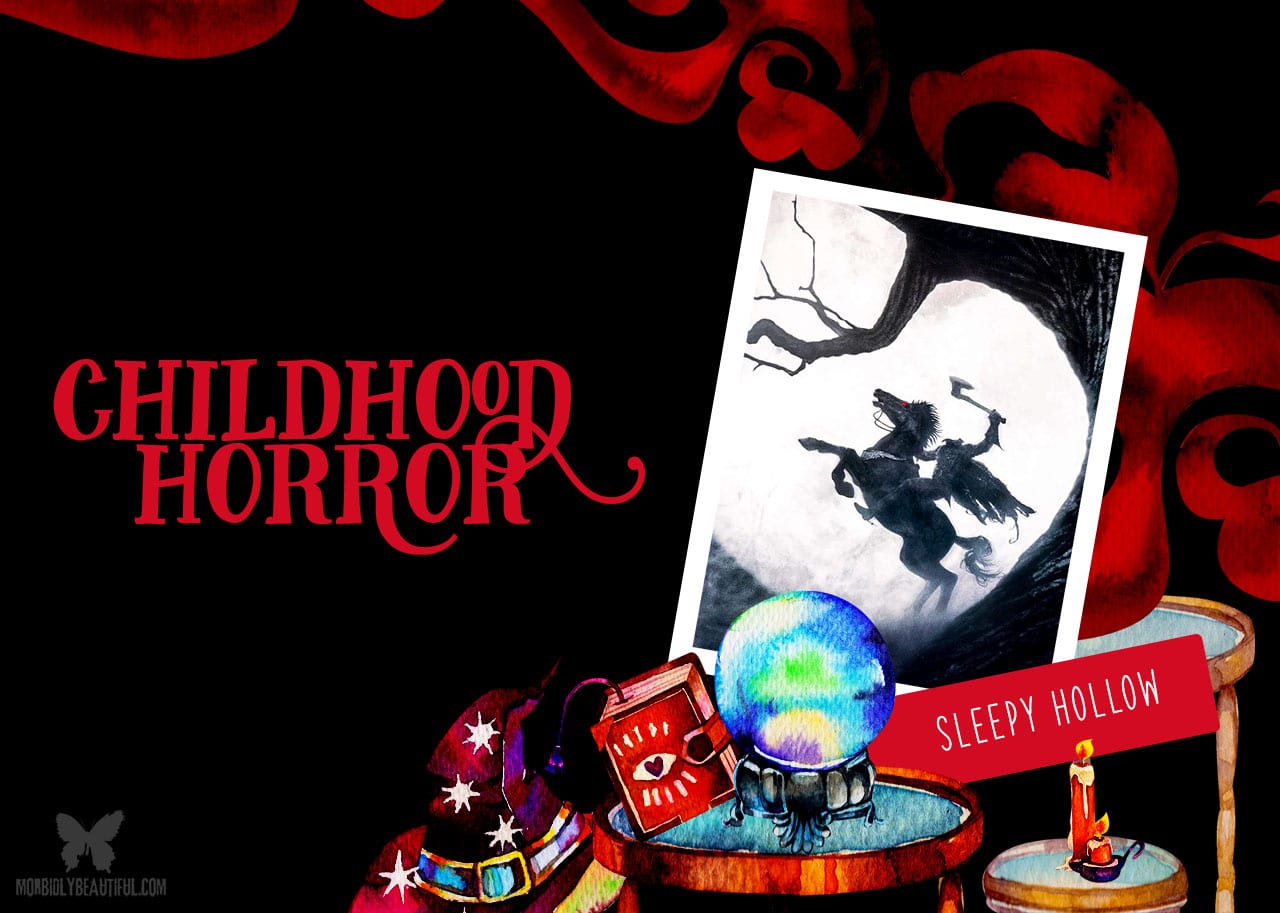
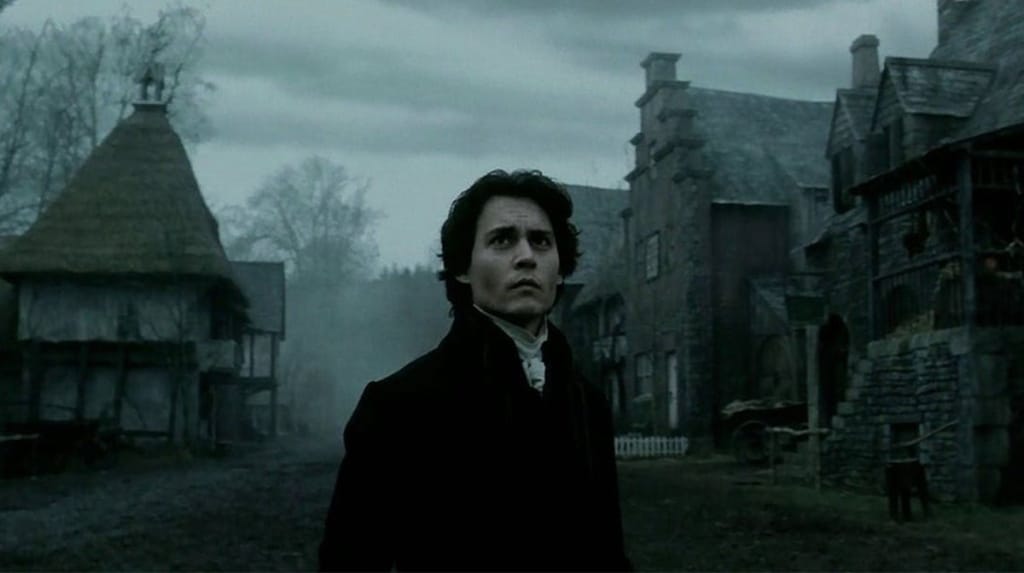
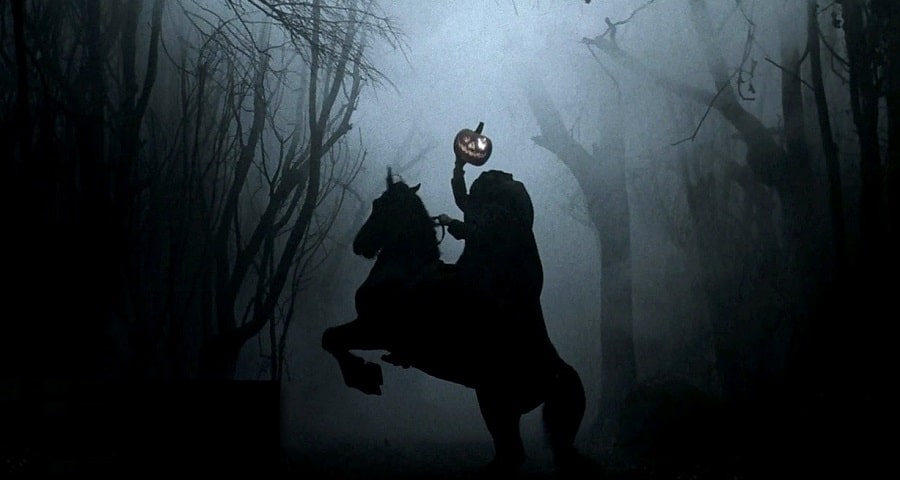
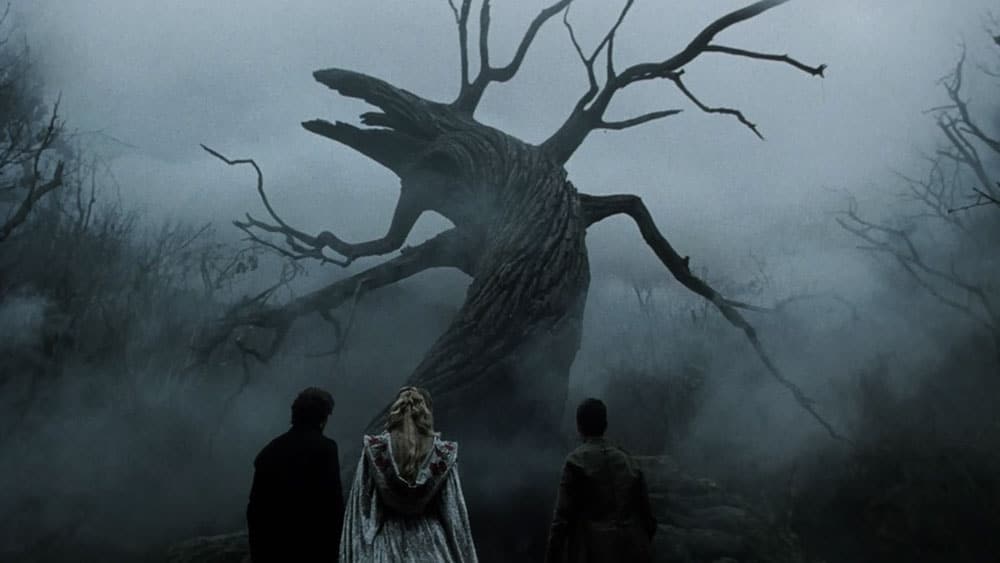
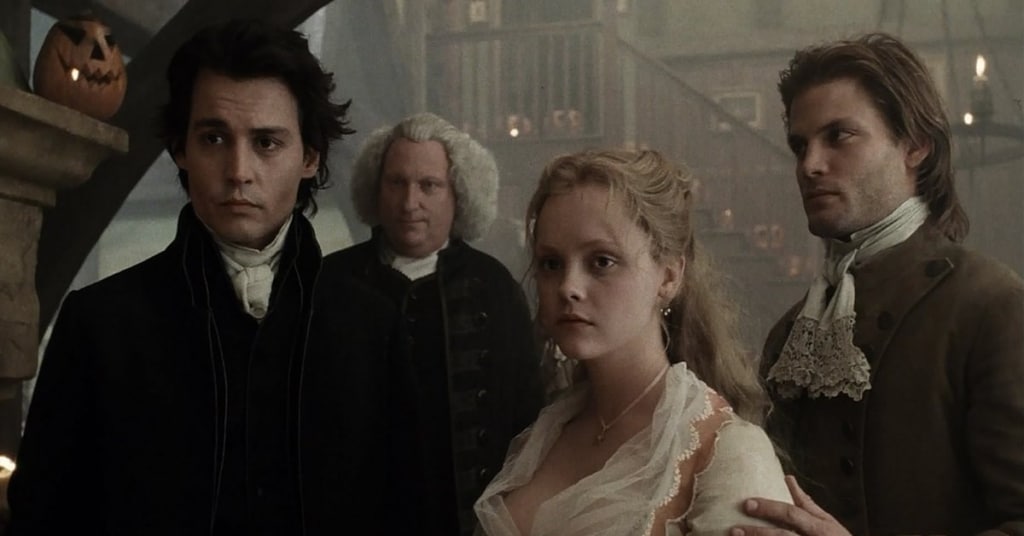
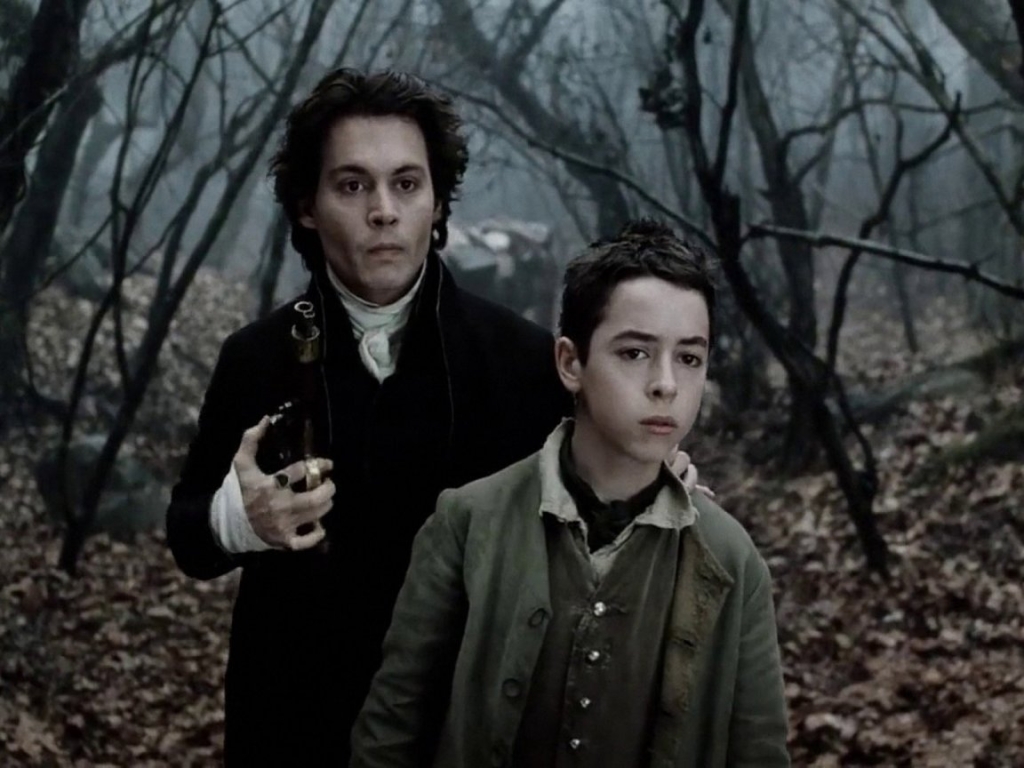
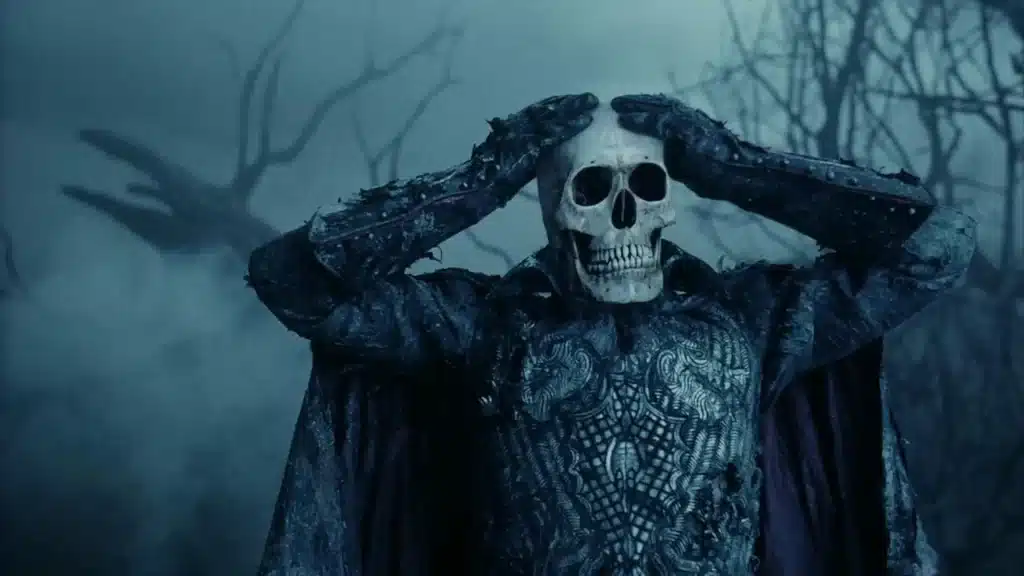
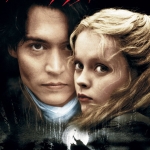
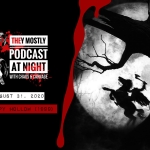
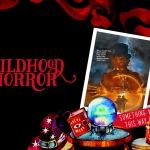
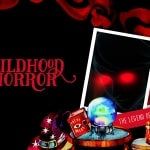








Follow Us!